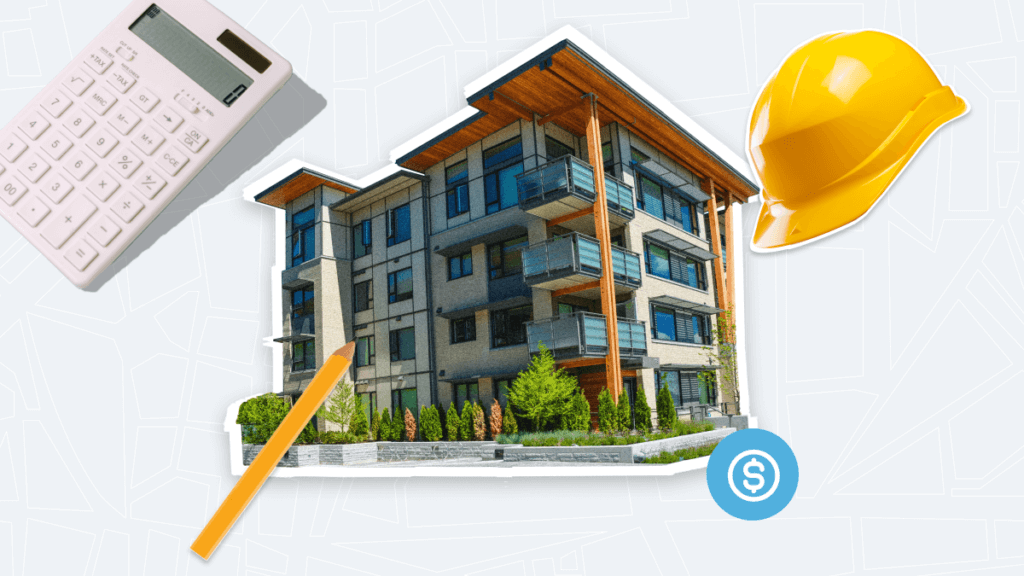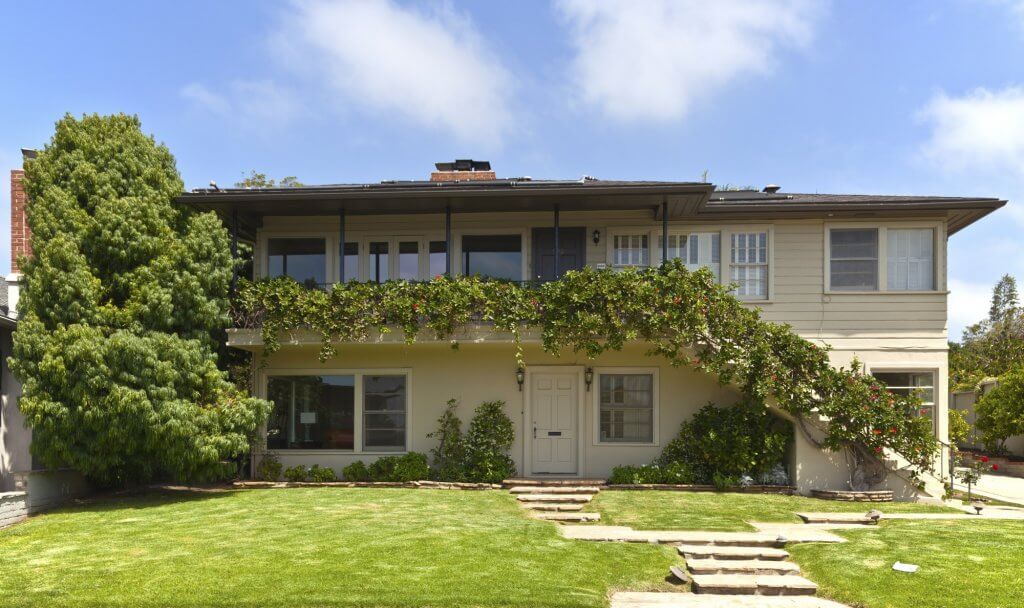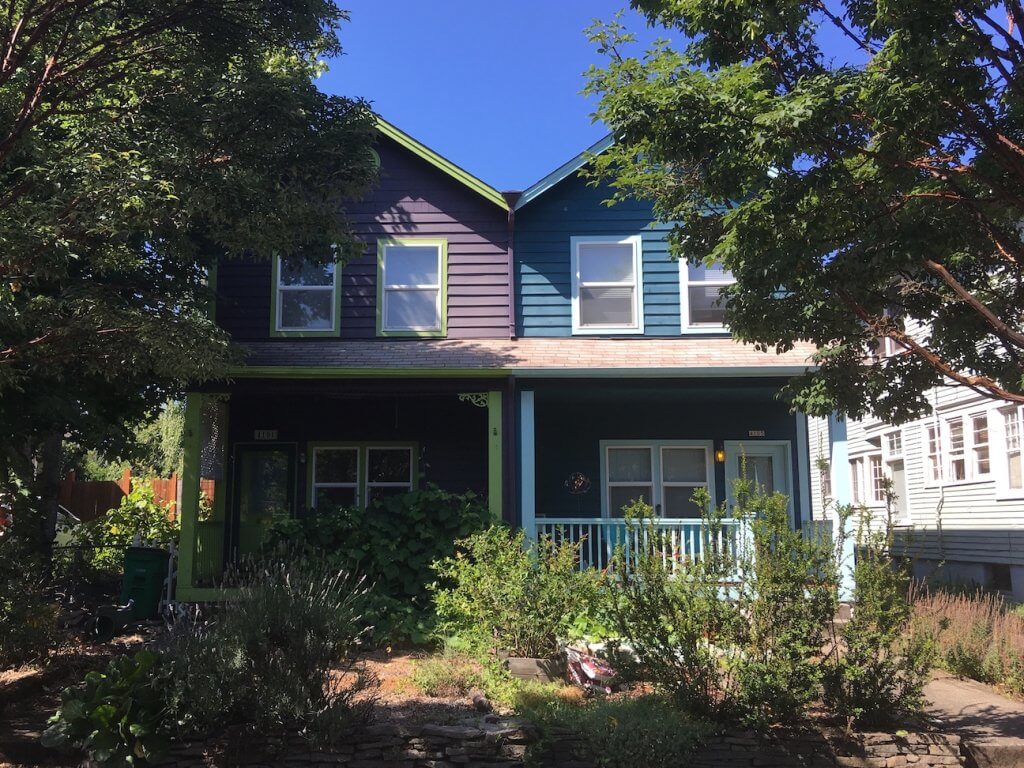ADU Update: Early Lessons and Impacts of California’s State and Local Policy Changes
Published On December 21, 2017
A multi-pronged approach to alleviating the shortage of housing in California and other high-cost regions is urgently needed. As we have discussed in past research, Accessory Dwelling Units (ADUs) – built with a small footprint predominantly in under-utilized single family neighborhoods – can offer much needed naturally-affordable supply to the market.
In the fall of 2016, the California State Legislature passed a set of bills intended to clear the way for the proliferation of ADUs in California. Even before these changes were adopted, many leaders at the local level were pioneering policies to make it easier for residents to build ADUs on their property.
What effect have these policy changes had? Today, we are releasing a brief which discusses the benefits of ADUs for supply-restricted and cost-burdened regions, and examines data from California’s largest cities (and a handful of other jurisdictions) to measure how much interest in, and production of ADUs has increased in the past year.
The results are telling: across the board cities are seeing significant increases in ADU applications, with many cities doubling, tripling, or even quadrupling their totals from 2016. Given the apparent immediate impact this recent legislation and local action have had, innovative policies that enable ADU production appear to be an effective strategy for increasing housing supply.
ADU Applications 2015-2017

*Through November 1, 2017. **2015/2016 Los Angeles data are for ADU construction permits; staff did not collect data on ADU applications prior to 2017. Data are through November 8th, 2017. ***San Francisco data is only through Q3 2017.
And while the growth is encouraging, homeowners still face a number of barriers when considering building an ADU. In the brief we also discuss a number of remaining challenges– such as fees and building codes– that add significantly the cost and complexity of ADU construction. As state and local leaders seek further strategies to increase the supply and lower the cost of housing, a next step should include additional policy changes that remove remaining barriers to ADU development in order to carry the momentum seen in 2017 into future years.





